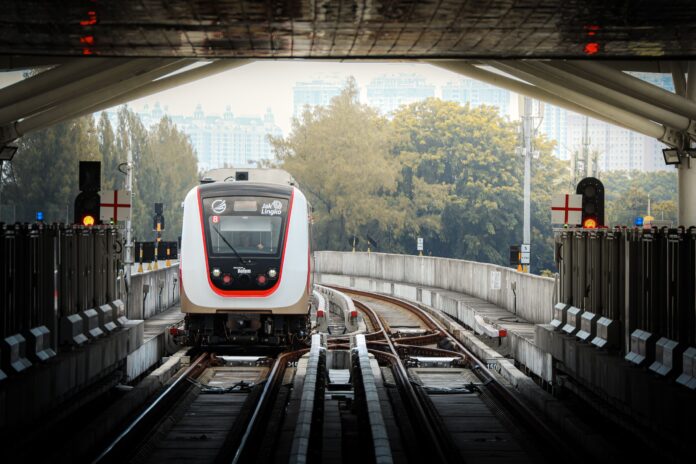
The ambitious project of constructing an Integrated Rail Network, also known as the Light Rail Transit (LRT), in the picturesque island of Bali continues to progress steadily, with the latest update revealing that it is currently in the crucial stage of Feasibility Study.
This significant milestone indicates that comprehensive research and analysis are being conducted to assess the viability and potential of the proposed transportation system. However, it is imperative that caution be exercised in the strategic implementation of the LRT to avoid hasty decision-making.
Undoubtedly, the inception of the LRT in Bali has been meticulously planned, encompassing various crucial aspects, including determining the routes to be traversed and estimating the required budgetary allocations.
It is essential to establish a strong foundation that will pave the way for subsequent phases of development. This approach is underscored by the insightful remarks made by I Made Rai Ridartha, the esteemed Chairman of the Indonesian Transportation Society (MTI) in the Bali region.
Rai Ridartha aptly emphasizes the importance of fortifying the existing ground transportation infrastructure, such as bus services, before venturing into the implementation of the LRT.
This cautious approach ensures that the demand for public transportation is adequately met, with increasing passenger numbers necessitating the transition to a more efficient and comprehensive rail system. By optimizing the utilization of buses and successfully meeting the growing transportation needs of the community, a seamless transition to the utilization of rail transport can be envisioned.
It is worth noting that the implementation of such an extensive rail network in Bali is not without its challenges. Rai Ridartha astutely acknowledges the potential hindrances posed by the island’s unique geographic characteristics, as well as other pertinent factors.
The pristine beauty and well-established infrastructure in certain areas of Bali make it arduous to construct a rail-based network without causing significant disruptions to the existing landscape. This predicament further underscores the complexity of the project and the necessity for innovative solutions.
The desired rail tracks, renowned for their straight alignment to optimize efficiency and reduce travel time, may encounter obstacles in densely populated regions already adorned with structures that cannot be easily relocated.
The realization of the envisioned rail network demands meticulous planning, meticulous coordination, and creative problem-solving to strike a balance between modernizing transportation and preserving the island’s architectural heritage. Rai Ridartha’s astute observations prompt a cautious yet optimistic outlook, as the implementation of the LRT in Bali necessitates the discovery of feasible solutions to overcome these challenges.
In addition to addressing the LRT project, Rai Ridartha raises concerns about the current operational capacity of Trans Metro Dewata (TMD) in Bali, stressing the importance of augmenting its services by filling the existing gaps in its routes. Presently encompassing five corridors, the TMD falls short of meeting the increasing demand for public transportation, necessitating the establishment of additional corridors.
The successful completion of all proposed corridors would ensure a comprehensive network that optimizes connectivity, enabling seamless travel experiences for commuters.
The ultimate goal is to create a transportation system where individuals embarking on their journeys from home can reach their final destinations, even in the absence of direct routes, by utilizing efficient transfer points. This seamless connectivity ensures that passengers can transition seamlessly between different modes of transportation, facilitating a hassle-free and time-efficient commute.
Consequently, it becomes imperative to reinforce the transportation infrastructure by expanding the network through a diverse range of investments, not only from the central government but also from local authorities. This multi-faceted approach fosters the creation of a reliable and integrated public transportation system, providing individuals who primarily rely on private vehicles with viable alternatives.
While the development of the LRT in Bali remains a gradual and intricate process, characterized by extensive research, meticulous planning, and effective collaboration between various stakeholders, it represents a significant step towards modernizing the island’s transportation infrastructure.
As the feasibility study progresses, opportunities for comprehensive development and optimization emerge, fostering a vision of Bali as a harmonious blend of natural beauty, cultural heritage, and cutting-edge transportation systems. The integration of advanced rail networks and the enhancement of existing bus services are poised to revolutionize transportation in Bali, ensuring sustainable and efficient mobility for both residents and visitors alike.






















